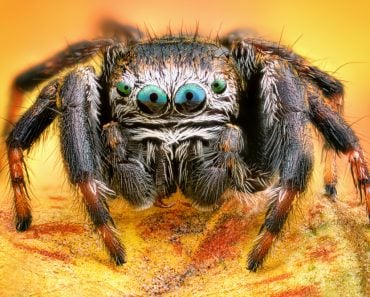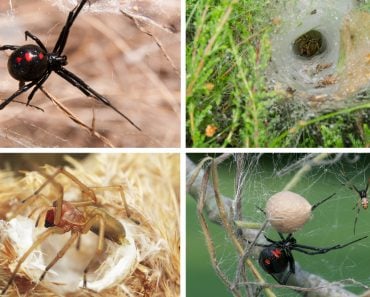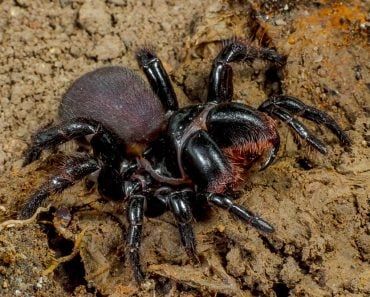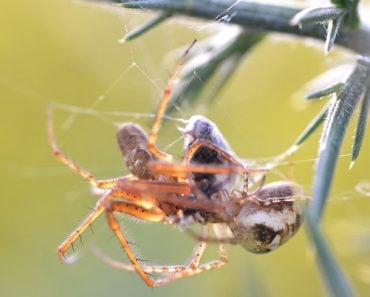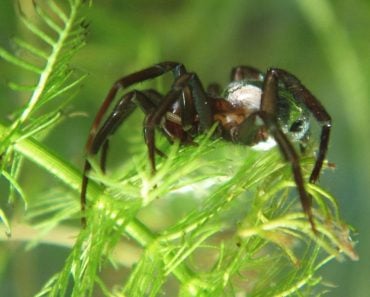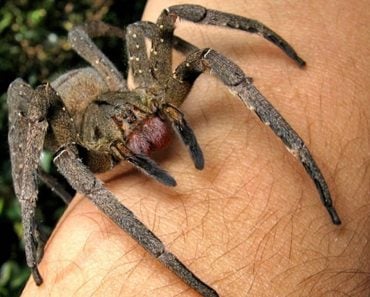Table of Contents (click to expand)
The huntsman spider is from the family Sparassidae. The Sparassidae family of spiders all have eight forward facing eyes which face forward in two rows of four. This particular spider species can grow to incredibly large sizes.
Spiders are the among the most feared creatures. Regardless of your particular opinion, these long lanky and hairy legged animals send shivers down the spines of even the bravest among us. And there is a spider that lives up to the menacing stereotype, scary enough to give anyone arachnophobia.
The huntsman spider is indeed a marvel of nature. And surrounding it is an interesting legend of the clock spider.
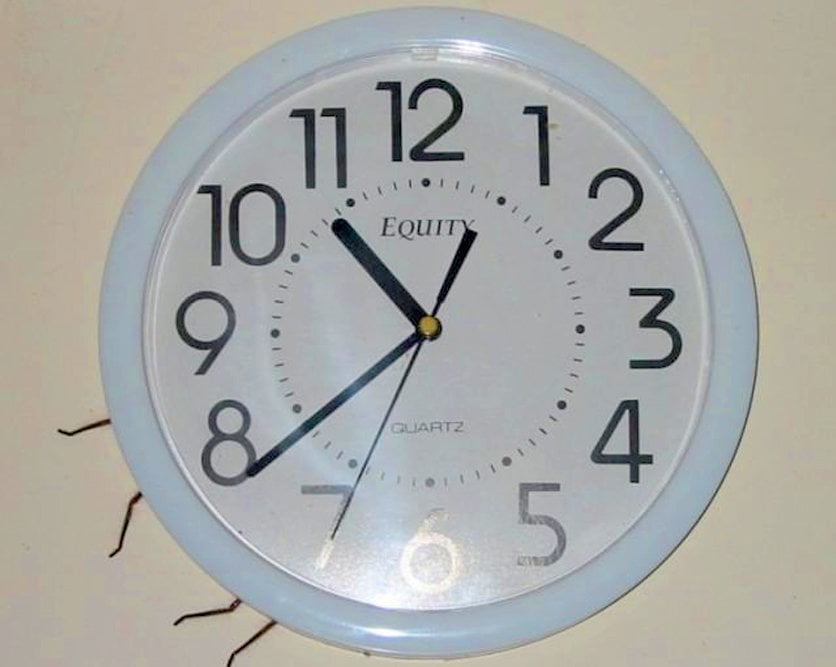
Recommended Video for you:
What Is The Legend Of The Huntsman Spider?
Urban legends, from bloody mary to slender man, terrify us at camp sites and sleepovers. The huntsman spider too has its own urban legend born out of meme culture on the internet.
A man found a huge huntsman spider in their relative’s house, under a rather large wall clock. The spider seemed to be as large or larger as the clock, with its hairy legs peeking out from under. Thus, the spider got its infamous nickname “clock spider”. The person ended up photographing the spider, as shown above, and posted these photographs onto the internet.

Now the legend—or perhaps more of a joke—is that the spider had a ninth leg. It lost its extra leg during a battle with a limecat (the ultimate god of cats, according to the internet). The “legend” goes on to describe how this spider became a god and about how to worship it (purely a joke, I hope).
Facts About The Huntsman Spider
This has cemented the huntsman spider into internet consciousness, but the huntsman is present in warm temperate and tropical regions, and for any Australian, they’re the biggest spiders in their backyards.
The huntsman spider is from the family Sparassidae. There are over 1300 known spider species in this family making it the 11th largest spider family in the world.
Physical Appearance
This spider species can grow to incredibly large sizes. A male giant huntsman spider (Heteropoda maxima) found in Laos in 2001 had a leg span of 25 to 30 cm! Because of their size and general appearance, they are often mistaken for tarantulas, but the distinguishing factor is that their legs are angular and extend forward like a crab, which has also given them the nickname giant crab spider.
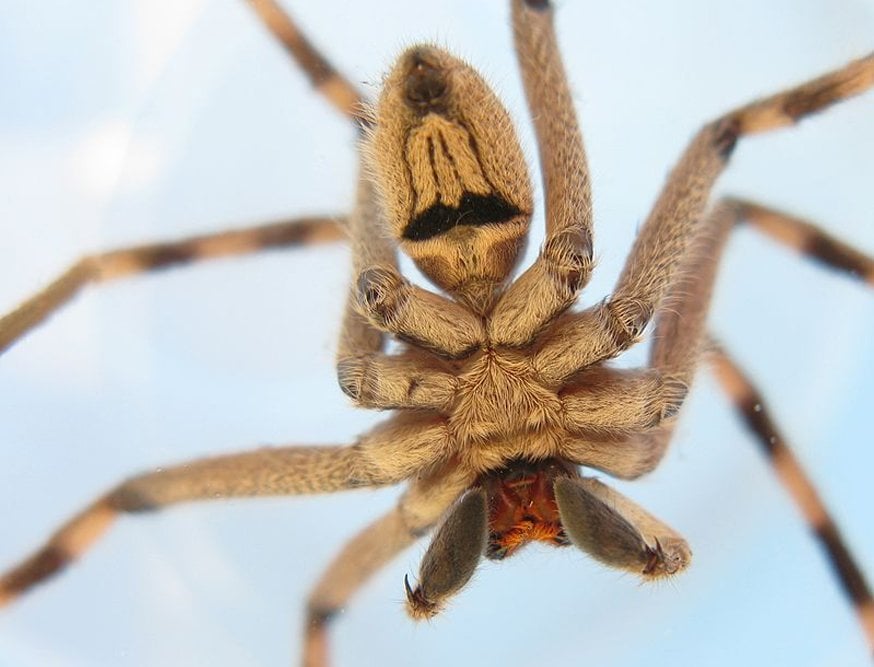
Spiders of Sparassidae family all have eight forward facing eyes in two rows of four.
The upper surface of the huntsman spider shows inconspicuous gray and brown tones, while the underside of the spider is aposematically colored black and white. The word aposematically means that the color display is a warning signal for potential predators.
We can only guess which species of the huntsman the clock spider is. According to AZ Animals, the clock spider is from the species Heteropoda venatoria.
Habitat
Huntsman spiders tend to reside under rocks, tree bark, and similar natural structures. They can be found in common sheds, garages and, less frequently, in distributed spaces. Their vision is very good, allowing them to see approaching humans and other large animals from a distance, giving them plenty of time to run away and hide. This may be why we do not often spot these spiders!
Except a species discovered in 2012, Sinopoda scurion, dwelling in the darkness of caves in Laos, has no eyes.
Interestingly, before the huntsman spider family’s ascent to fame as the wall clock spider, one huntsman spider made its appearance in another sensational pop culture form—Spiderman! Yes, the spider that bites Peter Parker and turns him into a superhero is a “super spider” that has the the genes of the huntsman spider Delena Cancerides.
The scene from the 2002 Sam Raimi spiderman that mentions the huntsman spider
Huntsman Spider Can Produce Venom
Like most spiders, the Sparassidae family of spiders use venom to immobilize their prey, which is mostly insects and sometimes lizards. Their venom is not only used for hunting but also comes in handy as a defensive bite tactic.
Huntsman spiders are some of the few spiders that can bite humans and be harmful to humans. Most spiders’ fangs cannot puncture human skin, and even if they manage to do so, their venom isn’t potent enough for anything larger than a small beetle or worm.
Mating Rituals
The huntsman spiders are fairly direct when it comes to their mating rituals. The male usually approaches the female and once in the same vicinity, they get down to business in about 30 minutes. The males of some species of huntsman spider to court their mate with sound. They drum their abdomen and legs to create a low hum.
In 1980, researcher Jerome Rovner described another way the male Heteropoda venatoria, our probable clock spider, courts their mate. H. venatoria detects the female’s pheromones and that cues it to begin mating. Once they detect the female pheromones, they lower themselves to the ground and anchor themselves firmly, after which they use their legs to transmit vibrations from their bodies to the surface with which they are in contact.
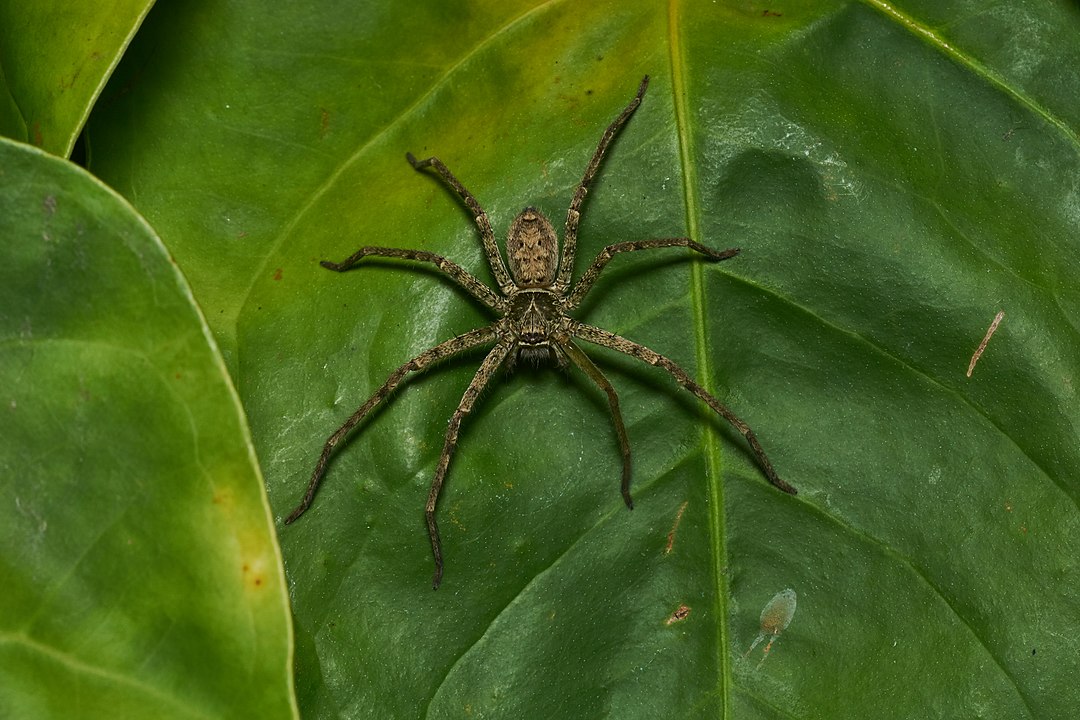
Most of the sound emitted is produced by strong vibrations from the abdomen. Each male has its own unique vibration frequency, which helps females distinguish between different males competing for their attention. The usual pattern of these vibrations consists of short bursts of intense vibrations.
If the female is interested in mating, she follows the vibration to the source where the male is waiting to copulate with her. To humans, these sounds are often heard as rhythmic ticking, like a quartz clock that fades in and out. However, such mating “calls” can only be heard in a relatively quiet environment.
So next time you hear the legend of the clock spider, perhaps you can shed some light on the truth instead of perpetuating the myth!
References (click to expand)
- Spiders - The Australian Museum.
- Isbister, G. K., & Hirst, D. (2003, August). A prospective study of definite bites by spiders of the family Sparassidae (huntsmen spiders) with identification to species level. Toxicon. Elsevier BV.
- Whyte, R.,& Anderson, G. (2017). A Field Guide to Spiders of Australia. CSIRO PUBLISHING
- Huntsman Spider Biology.
- Rovner, J. S. (1980). Vibration in Heteropoda venatoria (Sparassidae): A Third Method of Sound Production in Spiders. The Journal of Arachnology, 8(2), 193–200. http://www.jstor.org/stable/3705191
- Huber, B. (2005). Sexual selection research on spiders: Progress and biases. Biological Reviews, 80(3), 363-385. doi:10.1017/S1464793104006700
- Diaz J. H. (2004). The global epidemiology, syndromic classification, management, and prevention of spider bites. The American journal of tropical medicine and hygiene, 71(2), 239–250.


